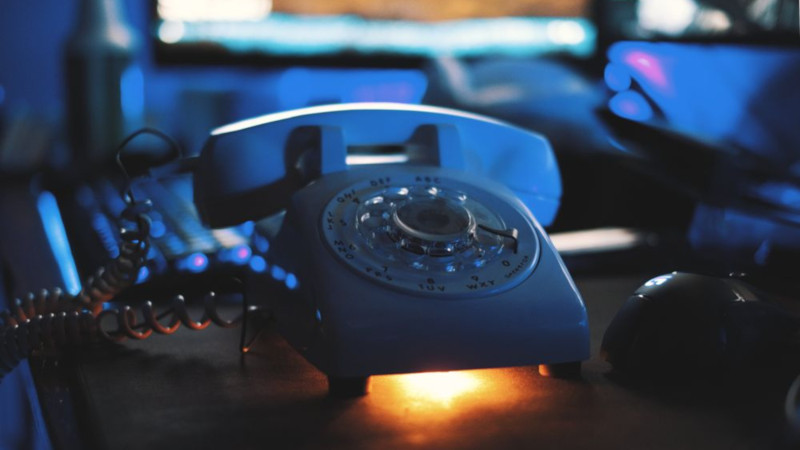It’s an age-old conundrum for anyone working with retro hardware: preserve its original condition or not? The answer depends so often on a complex mix of how rare, obsolete or unusable the device is in its original form , and what the intended use for the device will be. For [Typhon Mind] who needed a novelty method of recording best wishes at a wedding through an old dial phone there was no need for it to be entirely original, so the solution was to turn it into a USB device for a host computer.
Out went the original circuitry, and in came a USB hub, a USB audio interface, and an Arduino. The original earpiece would suffice, but the microphone was replaced with a more modern one. The Arduino will register the cradle switch, and also power a set of LED addressable lights under the unit.
The result is a phone that retains all its looks, but has a new life as a PC peripheral. We’d venture to suggest that also using the Arduino to read the dial and produce DTMF tones might make it a valid peripheral for a VOIP application and complete the transformation, but that’s something that could be done at a later date. Maybe it could even be given a GSM makeover.
















Excellent! The ancient Brirish EDSAC computer used a rotary dial, too, I remember. But not in this way. Rather like a controller or miniature keyboard.
I like this approach shown, because it uses the whole phone. Doing a video call with a classic phone sure has something to it (can I say that in English?). Or for “calling” something like Cortana with it would be fun, too. 😎
Anyway, as for the EDSAC..
https://en.wikipedia.org/wiki/OXO_(video_game)
https://m.youtube.com/watch?v=iGe_brmoopc
https://m.youtube.com/watch?v=lXJ-tYqPARg
https://www.vogons.org/viewtopic.php?p=882543#p882543
https://www.dcs.warwick.ac.uk/~edsac/
I’d like to see a whole article on use of rotary phones as the hardware interface for non-phone projects.
Two I can think of that I admire, attoparsec’s eurorack rotary phone dial module, where the phone dial routes audio streams through other synthesis and audio modification modules: https://www.youtube.com/watch?v=S8ryPrQwXZ4&t=113s
and an article I found last week while doing research on the use of neon bulbs as memory elements, where someone in the mid-1960s built a desktop calculator using neon bulbs as the logic devices and a rotary phone as the calculator input in lieu of a keyboard: https://www.dos4ever.com/ring/ELIL.pdf
I’d love to find a use for the rotary dial some day and do a other retrofit for that purpose – but like this, it’s a solution for someone else so if the need arises at least I know more about the internals on these things.
I’d do capacitance matrix/grid perhaps for the dialer – a set of 4 capacitance pads around the ring, and then based off capacitance between them I could calculate the number initially pressed, although it would require a full reset each time to fully work without a ton of extra code.
I’m sure I’ll keep it for myself after the wedding, just because it’s a neat little thing.
I tried posting this several hours ago but apparently hackaday vanishes my posts if they contain links so I’ll have to merely provide hints.
I’d love to see a hackaday article about use of rotary phone dials as hardware interfaces or input devices for non-phone-related projects.
Attoparsec has a YouTube channel full of weird MIDI sound effect and synthesizer modules, and one is a repurposed rotary phone dial module that reroutes audio samples to/through different units, under the name Eurorack DIY: rotary dial module.
In doing research on use of neon bulbs as memory elements, I found a really cool Electronics Illustrated article from November 1966 on using banks of neon bulbs as decade counters with interconnects. The page shows how to build a desktop calculator with +, -, *, and / using only neon bulbs as the logic elements, and a rotary phone as the input method, and is a simply amazing piece of work.
The latter article will be particularly hard to find without a link, unfortunately.
Just to let you know, your other comment with links did post and is in the comments section, don’t know why you can’t see it though.